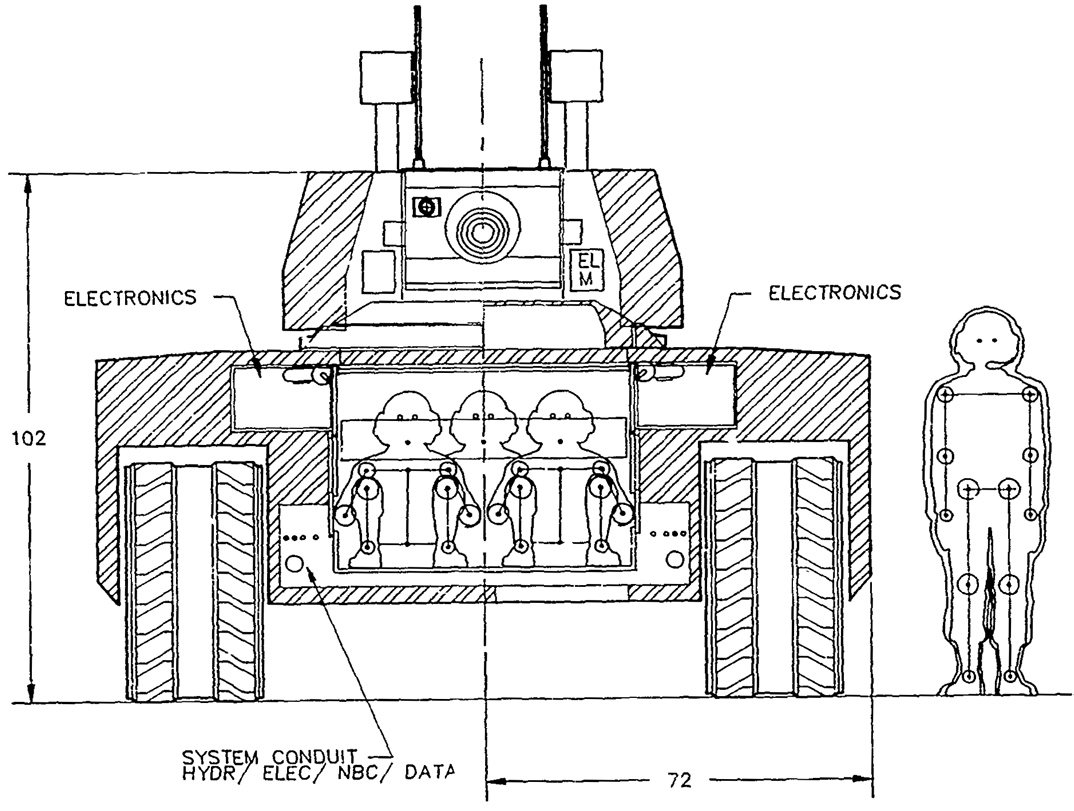Damian
New Member
- Joined
- Aug 20, 2011
- Messages
- 4,836
- Likes
- 2,202
This is only Russians point of view. West do not have such extreme weight and sieze limitationf for their tanks, also western tanks armor is thicker (I do not consider here it's inclination).
Besides this Russians do not experiment with advanced materials, I never read in any russian language source that they are experimenting with materials other than steel, ceramics and polymers. There are no heavy metals alloys encased in steel, neither even single attempts on carbon based nano materials.
Also Russiand understanding or active means is quiet funny, as it seems that their composite armors are not reactive, like western terminology sees their own.
But this is probably due to the poor financing of any research and development programs and obsession with ERA development instead of searching alternatives like more energetic NERA. I think that Militarysta had somewhere a document with the NERA effectiveness data, that was preatty much very good, better than some ERA.
I also have article from 1998 about use of new materials that was described on 1998 AUSA, need to find it.
Of course however there are problem with weight issue, the vehicle with both manned turret and hull, will be to heavy. This is why unmanned turret needs to become nececity, so the weight will be better distributed.

Such design is the most desired one, with small unmanned turret/gunmount and a heavy protected hull. It was described that this particular project, had a ~1,300mm thick front hull armor, and weight of ~50-55 tons. So it is possible to have a tank with weight and size within limits, with good composite armor protection and capability to eventually put there ERA if needed.
But ERA have it's limits, it is a one hit armor, it's limitations are obvious right now, both APFSDS and HEAT can defeat ERA, while composite armor have a multi hit capability and it is harder to be defeated.
So the real revolution won't be new types of ERA, neither this revolution will be seen in Russia, but in the west and especially USA, when problems with mass manufacture with completely new materials will be solved, so the only question is when. I assume that in the next 10 to 20 years there might be a breakthrough in US or west in general, just like in the 1940's the first composite armors were designed in UK and US.
Besides this Russians do not experiment with advanced materials, I never read in any russian language source that they are experimenting with materials other than steel, ceramics and polymers. There are no heavy metals alloys encased in steel, neither even single attempts on carbon based nano materials.
Also Russiand understanding or active means is quiet funny, as it seems that their composite armors are not reactive, like western terminology sees their own.
But this is probably due to the poor financing of any research and development programs and obsession with ERA development instead of searching alternatives like more energetic NERA. I think that Militarysta had somewhere a document with the NERA effectiveness data, that was preatty much very good, better than some ERA.
I also have article from 1998 about use of new materials that was described on 1998 AUSA, need to find it.
Of course however there are problem with weight issue, the vehicle with both manned turret and hull, will be to heavy. This is why unmanned turret needs to become nececity, so the weight will be better distributed.

Such design is the most desired one, with small unmanned turret/gunmount and a heavy protected hull. It was described that this particular project, had a ~1,300mm thick front hull armor, and weight of ~50-55 tons. So it is possible to have a tank with weight and size within limits, with good composite armor protection and capability to eventually put there ERA if needed.
But ERA have it's limits, it is a one hit armor, it's limitations are obvious right now, both APFSDS and HEAT can defeat ERA, while composite armor have a multi hit capability and it is harder to be defeated.
So the real revolution won't be new types of ERA, neither this revolution will be seen in Russia, but in the west and especially USA, when problems with mass manufacture with completely new materials will be solved, so the only question is when. I assume that in the next 10 to 20 years there might be a breakthrough in US or west in general, just like in the 1940's the first composite armors were designed in UK and US.
Last edited:









